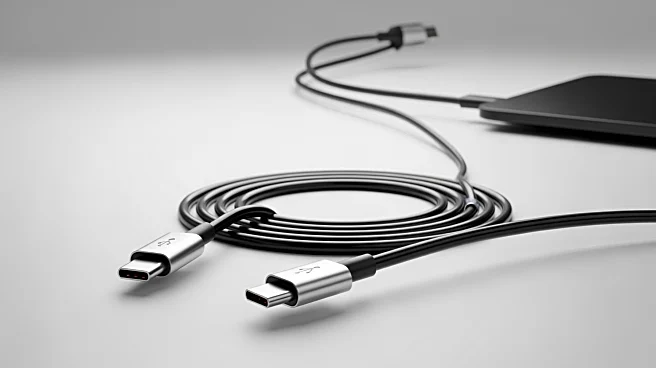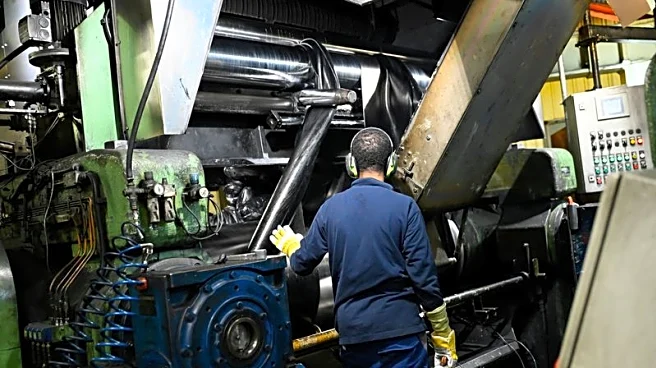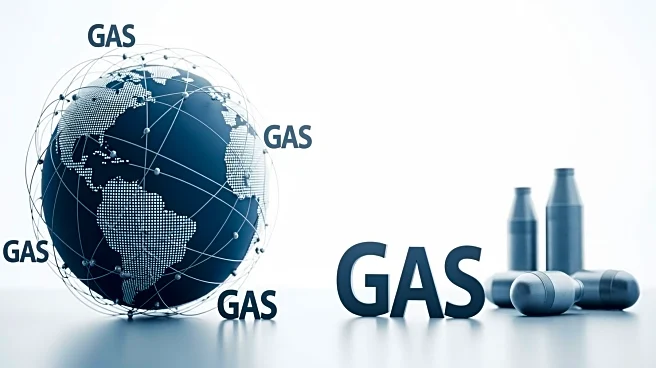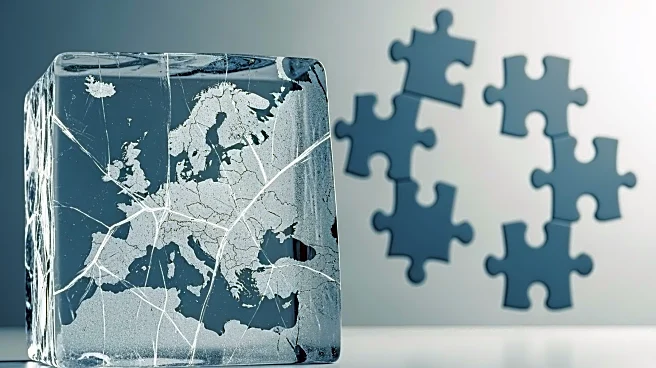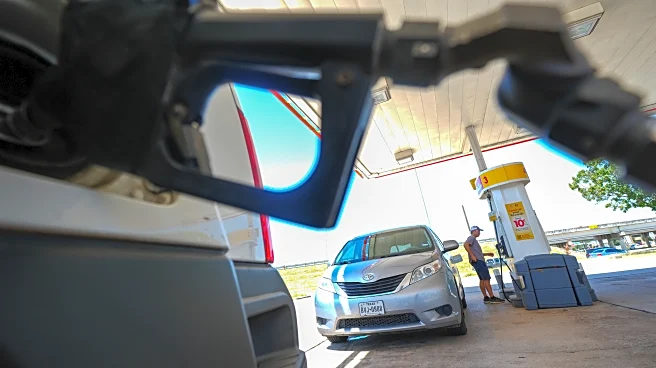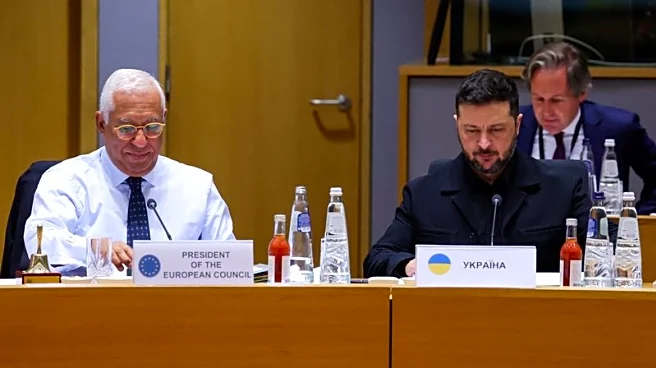What's Happening?
The European Parliament has released a video on its official TikTok account promoting the widespread adoption of USB Type-C connectors. This move is part of a broader legislative effort by the European Union
to standardize electronic device chargers, aiming to reduce e-waste and simplify consumer electronics usage. The EU has mandated that most electronic devices must use USB Type-C by 2024, minimizing proprietary chargers and preventing any single manufacturer from dominating the ecosystem. This initiative is expected to alleviate consumer confusion over connectors and reduce the number of cables discarded.
Why It's Important?
The EU's push for USB Type-C adoption is significant as it addresses the growing issue of e-waste, which is a major environmental concern. By standardizing chargers, the EU aims to reduce the number of discarded cables, contributing to environmental sustainability. This move also impacts major tech companies, encouraging them to adopt universal standards, which could lead to increased compatibility and convenience for consumers. The initiative reflects the EU's commitment to environmental leadership and could influence similar policies in other regions, including the United States.
What's Next?
As the 2024 deadline approaches, manufacturers will need to comply with the EU's regulations, potentially leading to changes in product designs and marketing strategies. Consumers can expect greater compatibility across devices, reducing the need for multiple chargers. The EU's directive may also prompt other countries to consider similar regulations, potentially leading to a global shift towards standardized electronic connectors. Major tech companies will likely continue to adapt their products to meet these new standards, influencing industry trends and consumer expectations.
Beyond the Headlines
The EU's initiative highlights the ethical and environmental responsibilities of tech companies in addressing e-waste. It underscores the importance of regulatory frameworks in driving industry-wide changes and promoting sustainable practices. The move also raises questions about the balance between innovation and standardization, as companies navigate the complexities of complying with regulations while maintaining competitive advantages.
